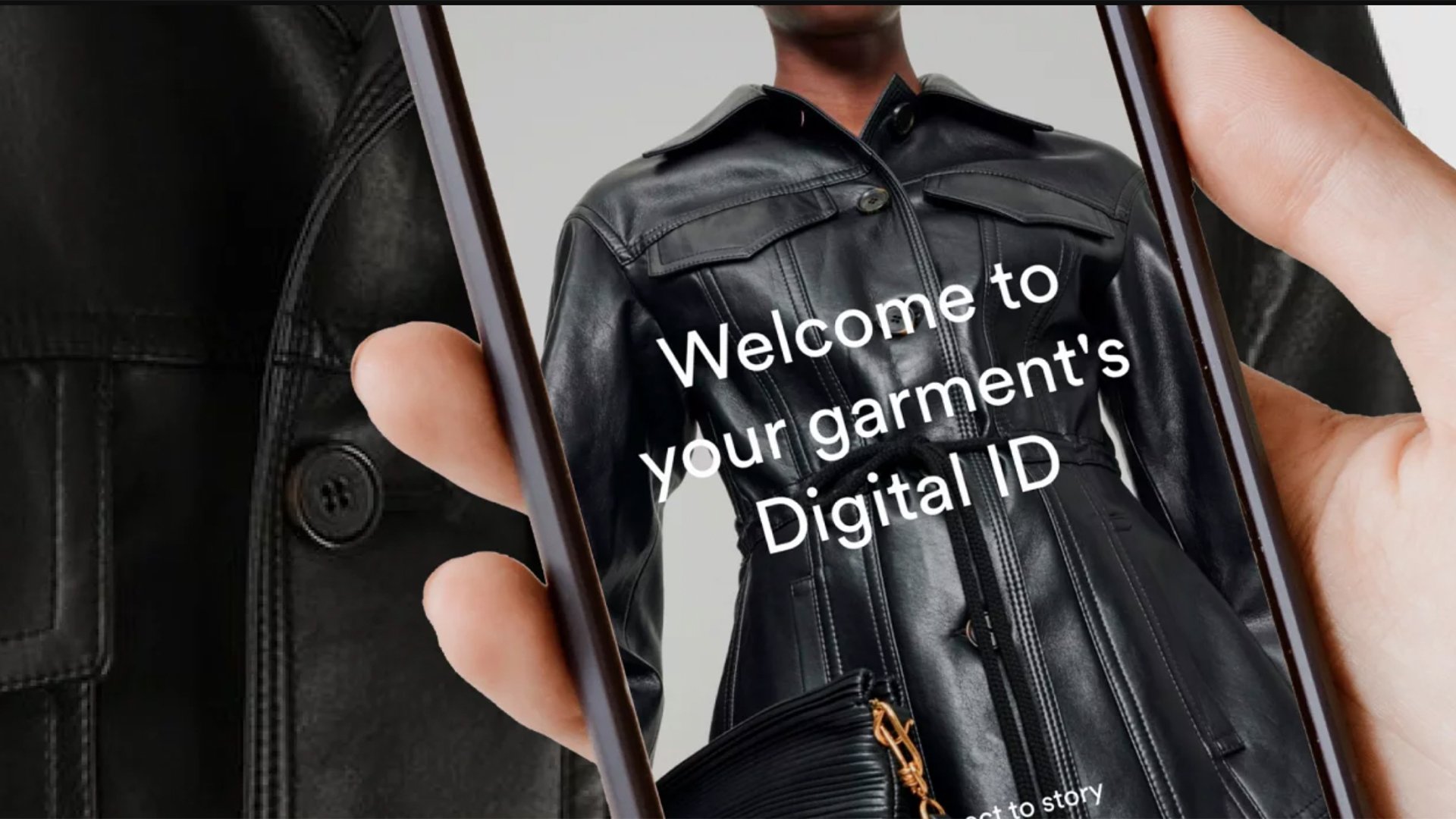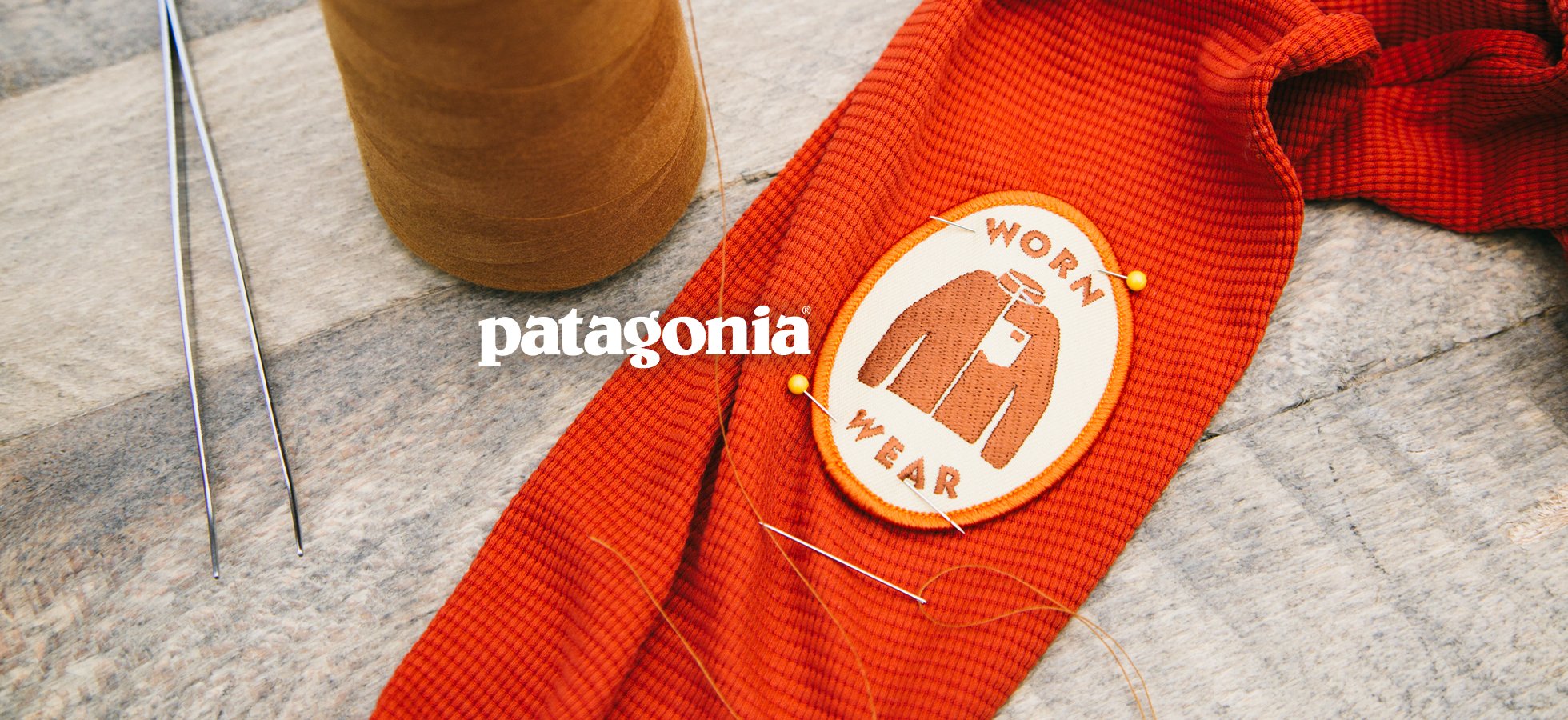What is Extended Lifetime?
©Joshua Ganyobi Odamtten / The OR Foundation
Did you know that the fashion industry is a major contributor to the global textile waste crisis? Every year, millions of tons of discarded fabrics end up in landfills, wreaking havoc on our environment. As we delve into the alarming data, it becomes evident that urgent action is needed to address this pressing issue.
Textile waste arises at every stage of the fashion supply chain, from production to consumption. Shockingly, it is estimated that less than 1% of used clothing gets recycled into new garments. This wasteful cycle has significant ecological consequences, including water pollution and greenhouse gas emissions.
However, amidst this challenge lies an opportunity for positive change. The concept of Extended Lifetime in fashion is among one of them. In this edition of Greenextionary, let's explore what Extended Lifetime is, and how to make fashion a force for good!
What is Extended Lifetime?
The concept of Extended Lifetime in fashion refers to the idea of extending the useful life of a garment beyond its initial purchase. This can be achieved through a variety of methods, such as repairs and alterations, recycling and upcycling, customization, and lifetime warranties.
Recently, a new life-cycle assessment (LCA) commissioned by the European textile reuse and recycling industry has confirmed the significant CO2 and water savings of reusing textiles compared to producing new clothing. The environmental impact of reusing textiles is 70 times lower, even when accounting for global exports for reuse, including transport emissions.
What is the Digital Layer?
©EON
Having a digital layer helps businesses through the entire garment lifecycle and beyond. Data analytics can be used to review past performance and forecast future consumer behavior and demand in order to make more accurate production decisions.
On the production side, the digital layer comprises tools and services to make logistics, materials identification, asset tracking, and quality control easier. Once the garment is available for purchase, the digital layer can be used in a variety of ways to not only extend the life of the garment but also extend the customer experience.
What brands are doing?
Patagonia: Worn Wear
Patagonia's Worn Wear campaign encourages customers to buy, sell, and trade used Patagonia garments, extending the life cycle of their products and reducing overall environmental impact. The concept is simple yet revolutionary: instead of encouraging constant consumption and disposal, Patagonia promotes the idea of repairing, reusing, and reselling clothing.
GANNI x Levi’s: Rental-only capsule collection
Ganni has teamed up with Levi's for a real-life Sisterhood of the Traveling Pants moment. The two brands have partnered on Love Letter, a for-rent-only capsule collection of upcycled denim made from vintage Levi's 501 jeans.
Save Your Wardrobe
Save Your Wardrobe is a Fashion & Retail Tech startup with a circular digital platform tailored for fashion brands and retailers to streamline the post-purchase experience through digital wardrobes, wallets, and end-to-end care and repair services.
OnTheList
Launched in January 2016, OnTheList is a pioneering concept of Members-Only Flash Sales through a pop-up store, where Premium and Affordable Luxury brands offer past-seasons items at an exclusive price, without jeopardizing a pleasant lifestyle customer experience.
Potential shifts for fashion companies
Extended Lifetime, a business opportunity
©Stella McCartney x Shie Lyu
The much-needed transformation of the fashion industry towards sustainability and circularity presents some of the biggest business opportunities out there. Old business models, where revenue ends when the garment is sold, are no longer viable. New circular business models offering new ways to make profits are needed, such as repair and alteration services, take-back schemes, recycling and upcycling programs, etc.
Converting customers to users
©Patagonia
Extended lifetime also means an extended customer experience, which leads to an increase in customer lifetime value. Currently, most companies are selling piece by piece. The journey ends when the product is sold, but that should actually be the start of the journey. Fashion brands have the potential to convert customers into users and start a relationship with them.
Being the driver for change
©Everlane
Rather than waiting for consumers to demand change, fashion companies should take the initiative. Offering extended lifetime services and building longer relationships with customers enables businesses to help raise awareness and educate consumers about the importance of sustainable garments and extend the life of their clothes, which can lead to increased demand for sustainable products and a reduction in waste.
Beyond services, marketing and storytelling should encourage consumers to think more critically about the environmental impact of their clothing choices and the benefits of sustainable garments.











